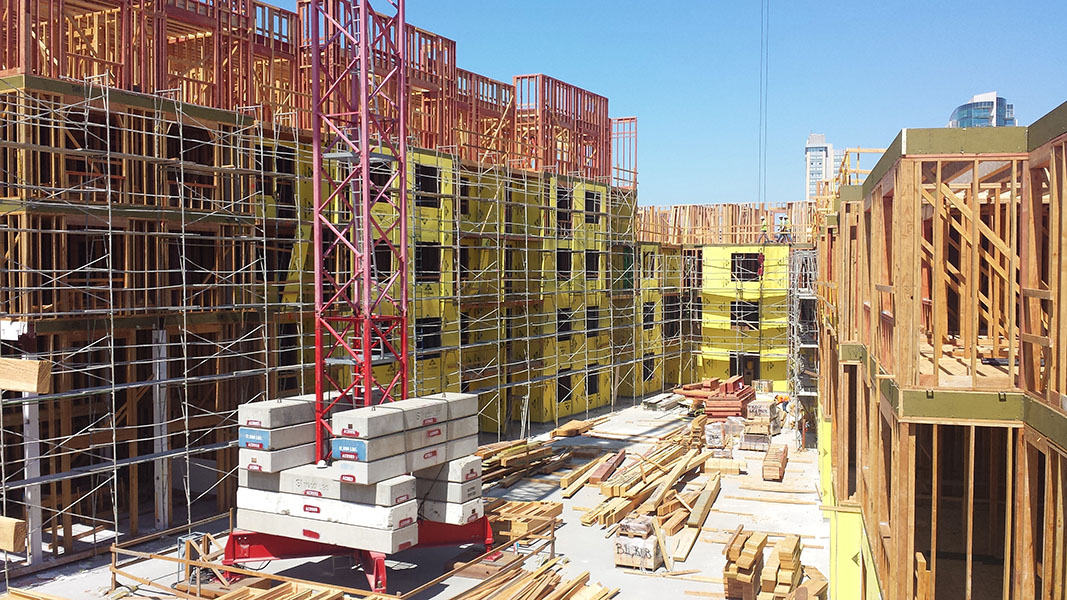
High tech and affluent, San Jose basks in the heart of Silicon Valley. Gleaming modern structures stand shoulder to shoulder with ancient Spanish missions in the San Francisco Bay Area’s mild, sunny climate. In the city’s center, dozens of building projects are underway, but the proximity of Mineta San Jose Airport’s final approach imposes unbending restrictions on height. Buildings are limited to 24 stories in San Jose’s southern end and only 18 stories nearer the airport. As a result, architects are turning to unique design plans to avoid a “blocky” skyline, and parking is going underground. Now, more than ever, concrete scanning and ground penetrating radar (GPR) are playing major roles in construction. One call utility location in San Jose can tell contractors where utilities run, but GPR can tell them how deeply they are buried.
Pedestrians in San Jose may notice the ground decorated with colorful flags and spray paint tags. This is not graffiti. The marks are put there by utility company technicians to alert construction workers of the location of buried pipes and conduits. The American Public Works Association created a color-coded chart which denotes the type of utility lying beneath, say, a blue hash mark (a potable water pipe) or a red triangle (electric line). In a highly populous city such as San Jose, there are a number of utilities vying for space underground. Utility location in San Jose covers a wide array of companies ranging from gas, water, and sewer pipes to telecommunication and cable television conduits to alarm systems.
Mandated by law, one call utility location in San Jose sends technicians from every company known to have lines at a given construction site, and they mark the location with flags, stakes, or paint. Failure to locate utilities can result in fines of up to $50,000, and if a resulting accident causes injury or interruption of utility service, criminal charges may be filed. Knowing what is beneath the surface of the ground or buried in concrete walls is vital to the safety of any construction, renovation, or demolition project. When utility companies come in and mark their lines, however, the marks may be off by 24” inches in either direction. To be safe, workers must know precisely where and how deeply something is buried before digging into the ground or cutting into concrete.
In addition to active utilities, construction workers have to contend with any number of hidden surprises. In a city as old as San Jose, long forgotten, out-of-service pipes and tunnels may be present without appearing on any map. The real time subterranean images made possible by GPR and concrete scanning take away the guesswork. Non-destructive and reliable, utility location in San Jose helps complete construction project safely and efficiently.
